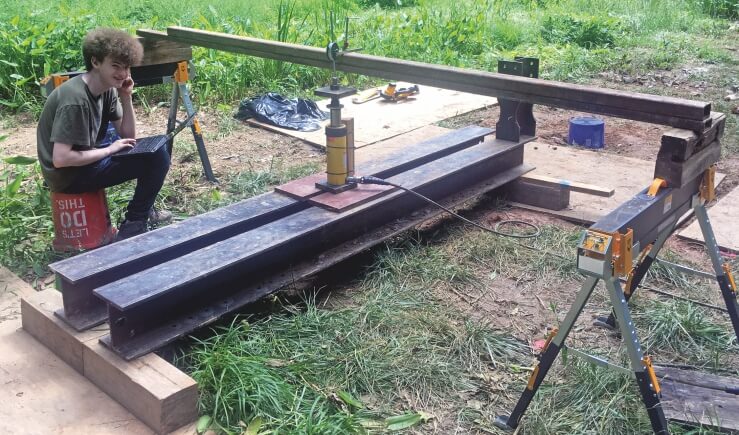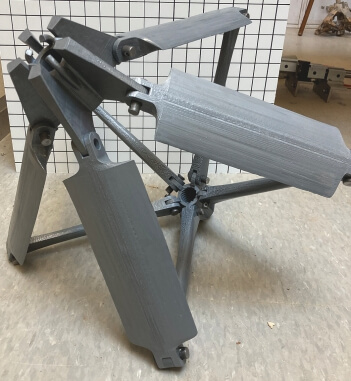Root Inspired Ground Anchors
Authors: John Huntoon, EIT, BioBilt Infrastructure Systems, and J. David Frost, Ph.D., P.E., Georgia Institute of Technology


The Challenge
Cement and steel production are among the most emissions intensive industrial processes performed on a large scale. One pound (0.45kg) of cement produced generates around 0.8 lb (0.4 kg) of CO2 emissions and North American steel production generates around 1.4 lb (0.6 kg) CO2e per pound of steel. How can the deep foundations and earth retaining industry reduce emissions associated with the use of these materials?
The Solution
One way to reduce cement and steel consumption is by deploying these materials in a more efficient way. Through the process of bio-inspired design, researchers at the Georgia Institute of Technology have developed a novel ground anchoring technology that endeavors to reduce the cement and steel consumed by an anchoring project, while also remaining cost effective. So-called root-inspired ground anchors do this by mimicking the structure and anchoring efficiency of fibrous plant root systems. The root inspired geometry of these anchors increases the capacity (bond strength) of an anchor giving it either greater total capacity or a shorter total length compared to conventional anchors.
The Results
By considering the typical length of conventional ground anchors and the anticipated field-scale performance of root-inspired ground anchors, it is estimated that adopting the bioinspired system may reduce required anchor lengths by around 30% on average. This corresponds to a reduction in CO2 emissions for each anchor installed of around 240 lb (110 kg), approximately 25% of total emissions for ground anchors. This is made possible by reductions in cement used (~ 200 lb [90 kg]), steel used (~ 25 lb [10 kg]) and drilling equipment operation time (about 30%, or 60 lb [27 kg] CO2e). Future ground anchor projects may have the option to reduce their carbon footprint in a meaningful way by choosing to use root-inspired ground anchors.

